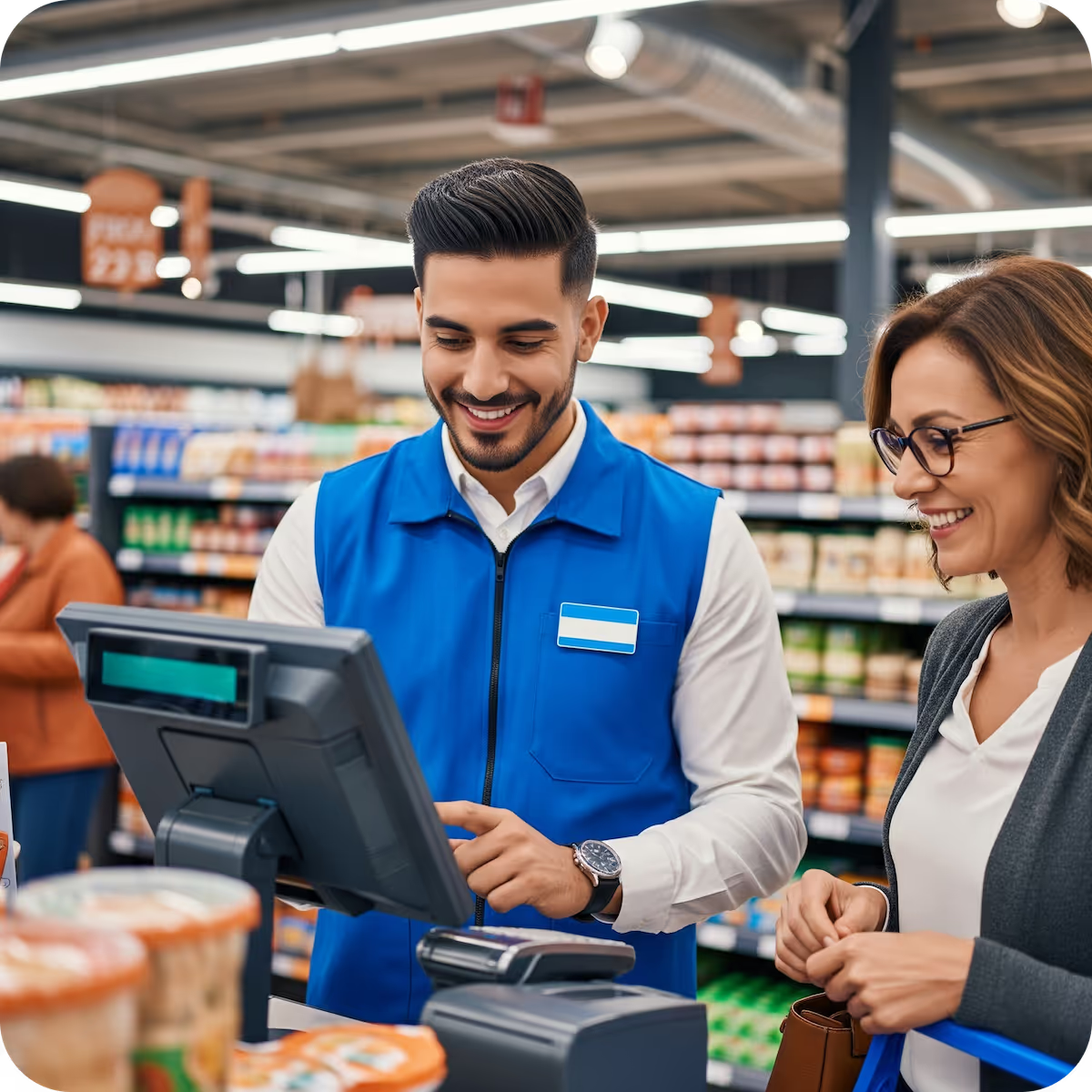Managing point of sale solutions is complex because of the vast array of options available. Are you using standalone units? Or how about iPad-based systems? Are you mobile-first and rely on mPOS? Or maybe you have a combination of all these. With Esper, you can mix and match, and then manage them from anywhere.

POS systems for business use cases
The good news: Point of Sale (POS) systems, both traditional and Mobile Point of Sale (mPOS), are guaranteed to help you streamline the checkout process. With a wide range of form factors available from tablets to full units, the odds are high that you can find a solution for your needs.
The bad news: There is no one-size-fits-all solution. The variety available can be just as overwhelming as it is freeing. You’ll need to assess the hardware requirements, software features, and integration capabilities of each. Plus, you’ll need to pay extra attention to security as you’re dealing with sensitive payment information. And, unless you love chaos and bleeding money, you’re looking for a long-term investment, something built to last but flexible enough to iterate with you. These things don’t grow on trees.
Unfortunately, this is not a magic show where we pull your perfect POS out of a hat. But we can give you a little guidance to make it easier. Read on, and you’ll be collecting people’s money in no time!

Curious about mPOS? Of course you are! They’re sleek, they’re lightweight, they can even swivel. All the cool kids have an mPOS. But should you? The answer often comes down to your use case, budget, and long-term goals. Here is a quick list of the advantages and disadvantages.
Curious about mPOS? Of course you are! They’re sleek, they’re lightweight, they can even swivel. All the cool kids have an mPOS. But should you? The answer often comes down to your use case, budget, and long-term goals. Here is a quick list of the advantages and disadvantages.
Time to shop! Let’s be smart about this. You don’t go to the grocery store hungry, so don’t buy a POS system without reading this list of considerations. Our biggest advice: overthink it, this is important.

Our hardware experts make finding the right hardware easy! Esper has guided thousands of customers to develop efficient, scalable device fleets that meet their needs. With our robust partner catalog and vast hardware support we can always find a solution.



Management considerations for POS systems
An MDM (Mobile Device Management) solution is a critical tool for enhancing both the security and efficiency of your POS system. There’s a big wide world of MDMs out there for you to choose from, so it’s easy to get it wrong. Here are some key considerations to avoid common pitfalls:











Hardware support takes new retail program to market in 10 weeks
Esper partnered with a leading POS solution provider to support Parker’s in quickly rolling out their updated loyalty program. Their new hardware all came preloaded with Esper’s custom operating system, Esper Foundation, making implementation a fast, and essentially touchless process.


Optimizing back and front-of-house operations for restaurants
Esper is an indispensable tool for managing our devices. It allows us to effectively manage our devices both individually and as a cohesive unit. When deciding on hardware for our fleet, our first priority is ensuring it’s compatible with the Esper platform.



Extending the life of x86 POS hardware for national QSR chain
To support team members and customer experiences across our POS, tablets, and other devices, we needed a solution that worked for our next generation enterprise Android apps. Using Esper Foundation for Android (x86), we were able to keep our current hardware including peripherals. Esper was a true partner. Working with them allowed us to move fast, save money, and now we can make strategic decisions about what hardware we want to use.
POS stands for Point of Sale and is designed as a terminal to accept payments from customers for goods and services. POS systems range from full desktop computers to fully mobile POS terminals, called mPOS.
POS systems can run a variety of software, including Windows, iOS, and Android. POS management software is used to configure, deploy, and update POS systems. This is usually part of a mobile device management solution.
MDM — mobile device management — for POS systems includes the software used to manage, configure, remotely access, and update POS systems.
Any industry that accepts any form of payment relies on POS systems, including retail, restaurants, hospitality, and many more.